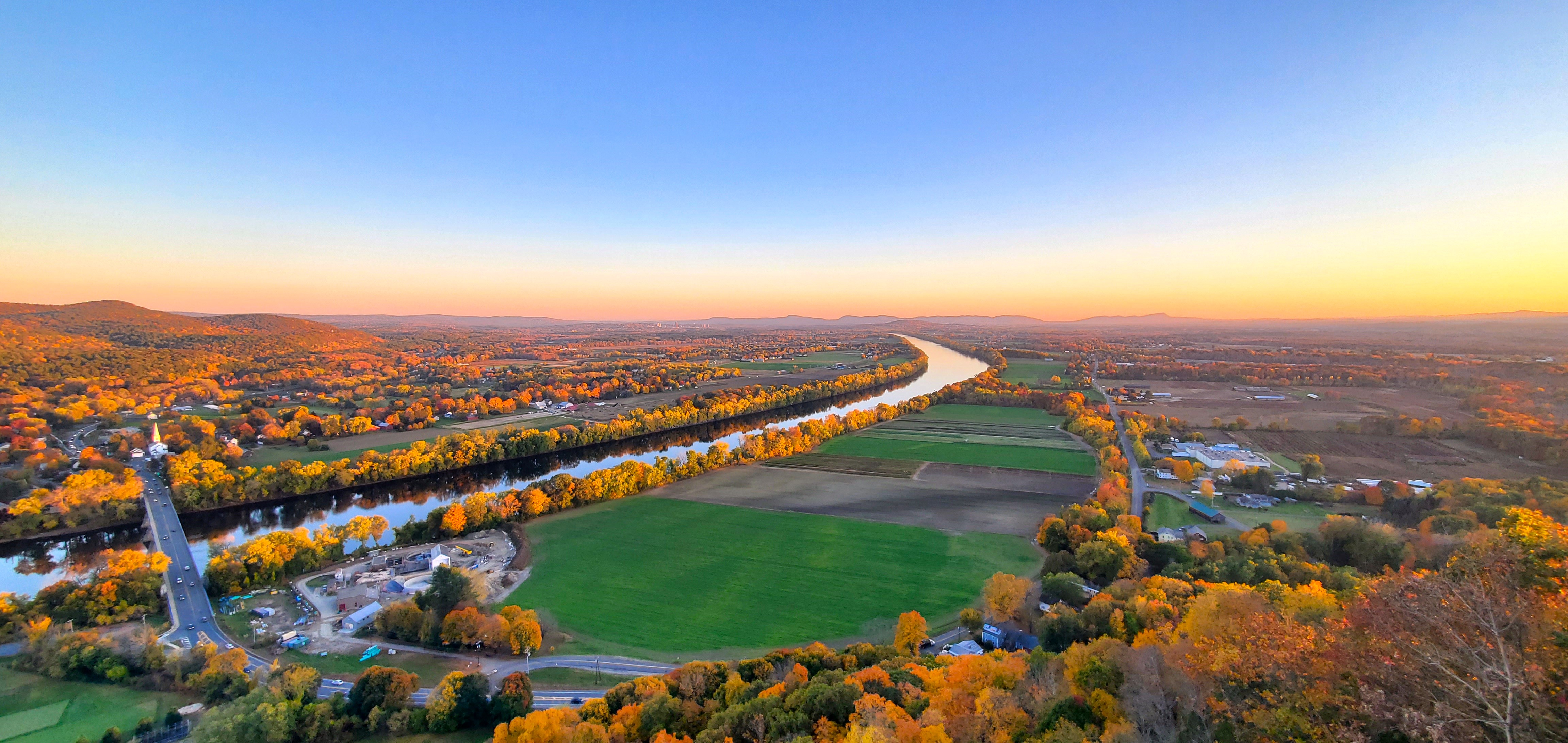Submissions
Submission is currently disabled for this journal.
This page is designed to help you ensure your submission is ready for and fits the scope of the journal.
Before submitting you should read over the guidelines here, then register an account (or login if you have an existing account)
About
Extended Deadline : October 15, 2024
The Fábos Conference on Landscape and Greenway Planning is held every three years to bring together landscape architects, planners, and policy makers to advance research and practice on landscape and greenway planning from the local to the international level. The aim of this conference is to explore how landscape architects and planners from different countries approach greenway planning and to understand how greenways have been tailored to each country’s unique geographical, cultural, and political circumstances. The conference expands the literature on landscape and greenway planning by publishing full papers in a refereed proceedings.
Authors whose abstracts are accepted, will be invited to submit a full paper of 6 to 8 pages including figures and references.

Full Paper Template
1. Please download and use the following template for your Abstract submisions: Download File
2. Please download and use the following template for your Full Paper submisions: Download File
File Submission Guidelines
General Abstract Formatting Guidelines:
_ 200-400 words (including references – use “word count” in Microsoft WORD)
_ 12-point font, Times New Roman, single-spaced, justify alignment
Figure Formatting Guidelines:
- Figure is optional.
- black and white, resolution: at least 300 dpi
Citation and Reference Formatting Guidelines
- Reference is optional.
- References, Font Size: 10, Alignment: Left, Spacing before: 0 pt. Spacing after: 6 pt.
Greenway Planning: Planning for linear corridors has occurred across multiple scales — national, state or province, and municipal. This track will cover innovations in greenway planning that span research, policy, and practice with a focus on cultural landscape planning, recreational, and ecological corridors (Rebenevic et al., 2009).
Landscape Planning: Planning for new land uses while protecting ecological integrity and ecosystems is the theme for landscape planning. This includes green infrastructure, ecological networks, and urban planning solutions (Maecenas and Tellus 2005).
Maecenas, N. R.; Tellus V., 2005; Sed vitae placerat purus. Aliquam auctor pp. 456
Rebenevic, A.; Catoff, D.; Tamin, E.; Lops R., 2009; Sat Tep Rcenas. Rge UPress, Detidge, UM, and Inhental Zel Uhecred, Fredev (in press)
Authors Biography
- Please provide a brief biography for each author, maximum 100 words for each of the authors (use “word count” in Microsoft WORD)
- 12-point font, Times New Roman, single-spaced, justify alignment
Example:
Robert L. Ryan, FASLA is professor and chair of the Department of Landscape Architecture and Regional Planning, University of Massachusetts, Amherst where he teaches courses on green infrastructure planning and environment and behavior research. His research explores the role of place attachment as a motivation for stewardship of urban green spaces. He is the co-author of the award-winning book, With People in Mind: Design and Management of Everyday Nature (Island Press, 1998), Planning for Climate Change (Routledge, 2018), as well as over thirty-five journal articles and book chapters.
Peer Review
This journal operates an open, peer review policy.
Publication Fees
There are no publication fees,
Please refere to confirence attendence fees.
Publication Cycle
This journal published continuously all year round/publishes in issues every 3 Years.
Sections
|
Section or article type |
Public Submissions |
Peer Reviewed |
Indexed |
|---|---|---|---|
|
Abstract |
